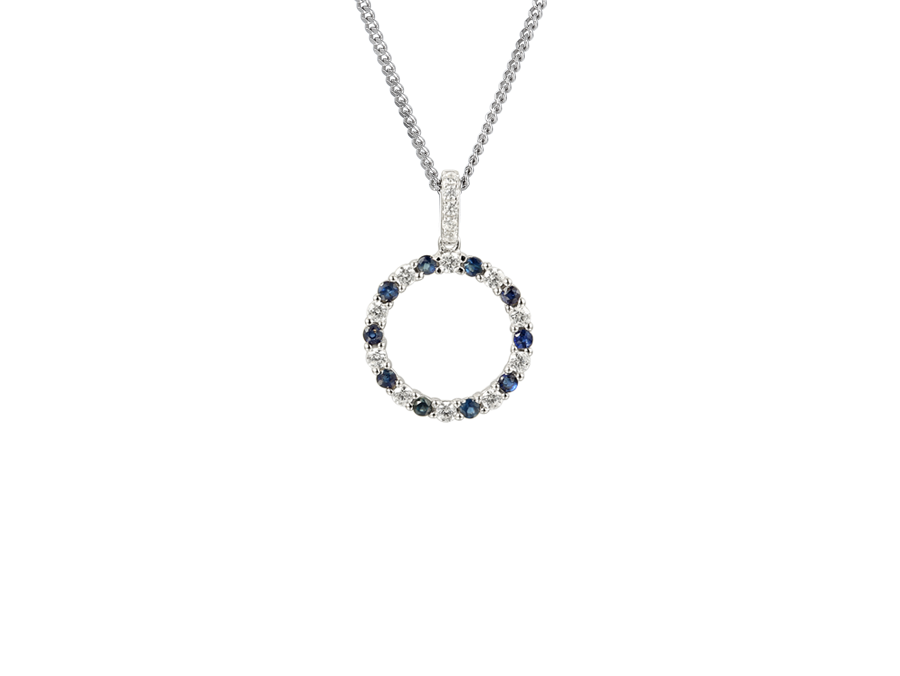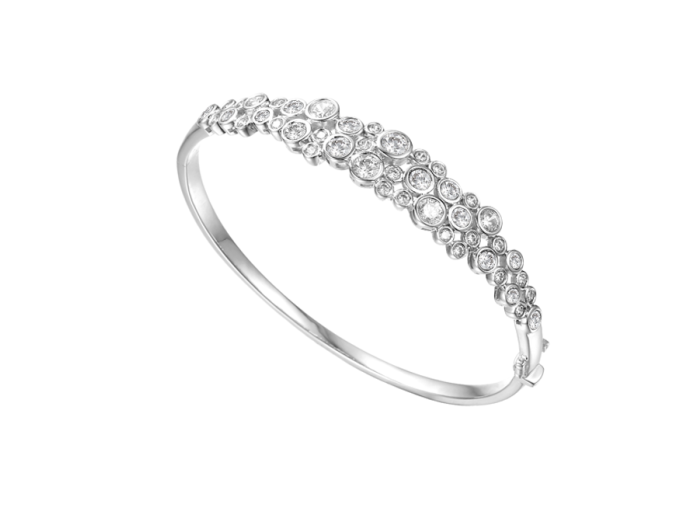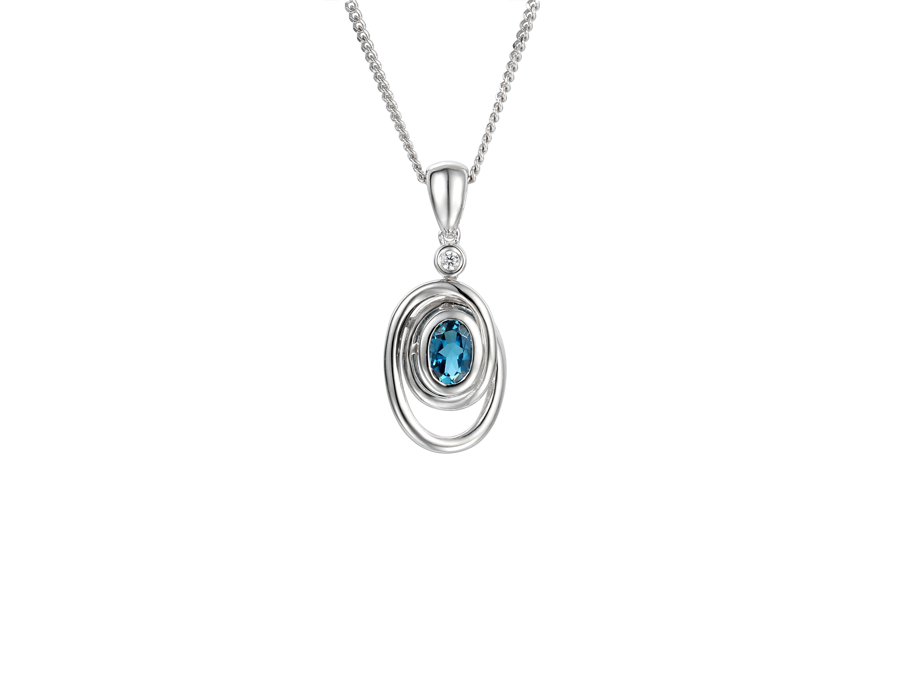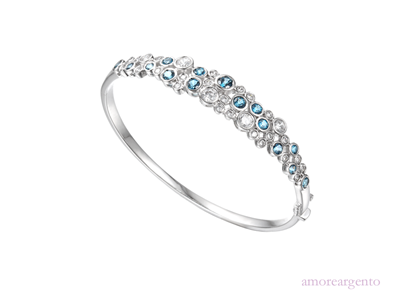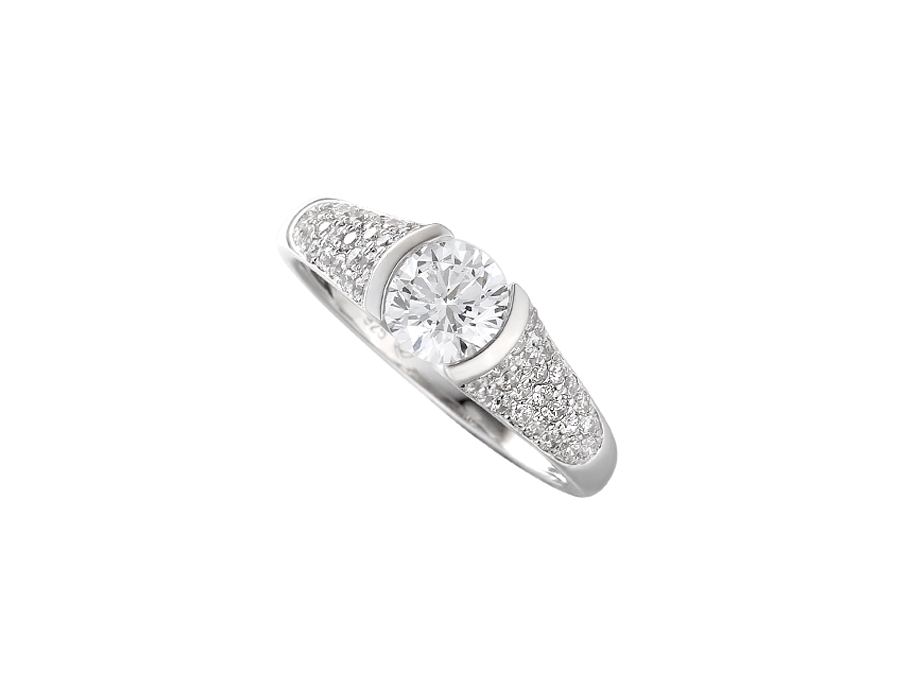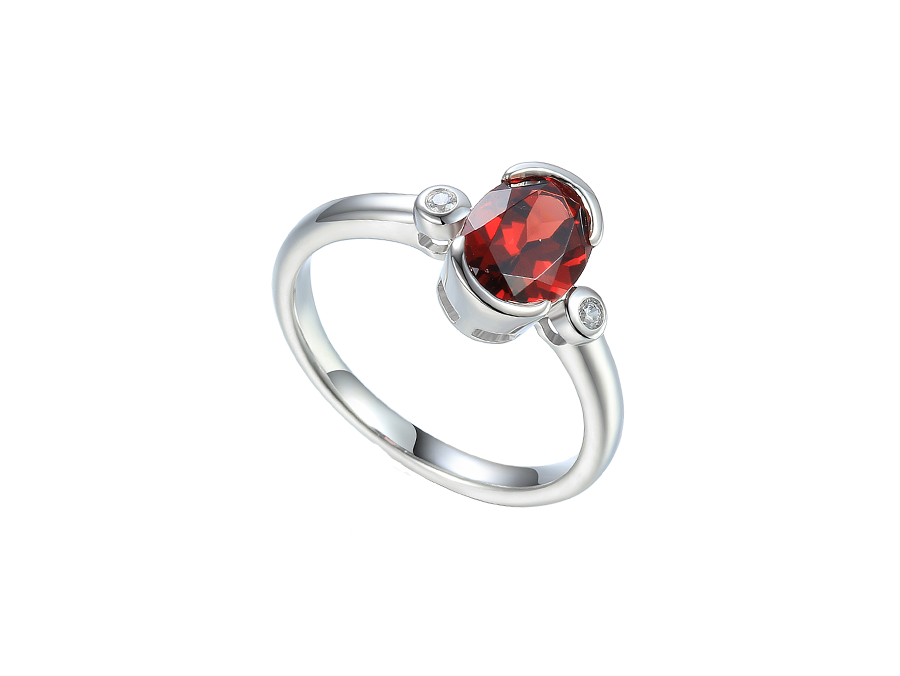We use cookies to make your experience better. To comply with the new e-Privacy directive, we need to ask for your consent to set the cookies. Learn more.
The History Of Earrings
Earrings don't date back as far as some jewellery – the earliest surviving evidence of jewellery is some shells with a hole made in them so they could be threaded onto a string and worn presumably around the neck. To wear earrings you need the ability to make a hole in the lobe which must be done with something pointed and sturdy, such as sharpened bone or antler (before metals were widely available). The oldest proof of earrings being worn is the mummy of Otzi the Iceman, a 5,000-year-old body found preserved in the ice in the Italian Alps. His earlobes showed large holes, around 1cm in diameter.
Further afield artefacts from Tutankhamen’s tomb show holes in his earlobes, and images of Buddha show him with distended earlobes. Before founding Buddhism, Siddhartha Gautama was a wealthy nobleman who wore ornate, heavy earrings as a show of status. When he found the path to enlightenment and gave up his worldly possessions and his drooping earlobes became a symbol of this sacrifice; this can be seen on images of Buddha right up to the present day.
As with most types of jewellery there was an ornamental aspect to the wearing of earrings – they were a way to show how much money you had and this is true across all cultures. There were, however, some spiritual and quasi-medical reasons for earrings as well – some ancient cultures believed that sickness entered the body through holes such as ears, nostrils and the mouth and that by placing an amulet near the opening, one could hope to ward off the bad spirits that caused the illness. An earring, therefore, might have been worn to fend off headaches or ear infections. There was a more sinister side to the practice of piercing ears as well – passages from The Bible discuss the ownership of slaves and how, if a slave did not want to leave servitude, his master would pierce his ear as a sign of possession.
Other mentions of earrings in The Bible are unflattering as well, and this is an attitude shared by Pliny the Elder, who saw his countrymen's taste for earrings as vulgar and cheap, even going so far as to discuss how the lower classes, who adopted the practice of wearing pearl earrings, were going above their station.
In the Far and Middle East earrings have remained popular through the ages, and some Indian customs dictate the piercing of baby's ears as a type of homage to the Persian warriors who also wore earrings. Jewellery is very important in a lot of Asian culture, but less culturally significant in Western cultures. In the Middle Ages hairstyles changed a lot and many women wore their hair over their ears, rendering earrings useless as an adornment. In the 16th century things changed again and it was once more fashionable to wear earrings. Both men and women wore them, and some sailors even used them as a status symbol – a piercing in the left ear denoted that the person had survived a shipwreck, while ear piercing in general meant that the wearer had completed a journey across the equator. This tradition developed into a litany of different tattoos a sailor might have to show their experience and status.
By the end of the Victorian era it was considered distasteful to pierce the ears, but this did not stop people wearing them. Instead they developed screw back and clip-on earrings; these were a lot more uncomfortable to wear than modern clip-on earrings are now. By the 1960s piercing had come back into fashion and both men and women were getting their ears pierced. Twenty years on and punk fashions helped make ear piercing more creative, with several locations possible instead of just the lobes. Stretching ear piercings to sizes seen on Otzi and the Buddha also became popular again; now it's quite commonplace to see all manner of intricate piercings and jewellery in the ears of anyone you pass on the street.
If you don't have pierced ears then our clip on earrings are a very convincing alternative and very comfortable to wear – things have come a long way since the Victorian era! We also have a wide range of studs and drop earrings to complement any look and style, and many with gemstones; so if you want to draw on the traditions of ancient spiritual medicine why not wear a stone which holds significance to you or your health?








